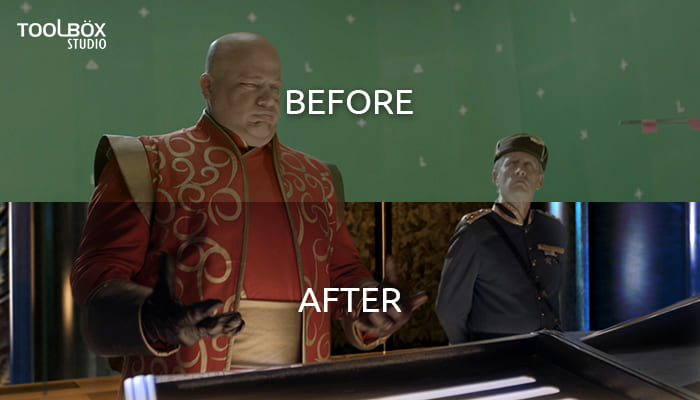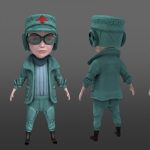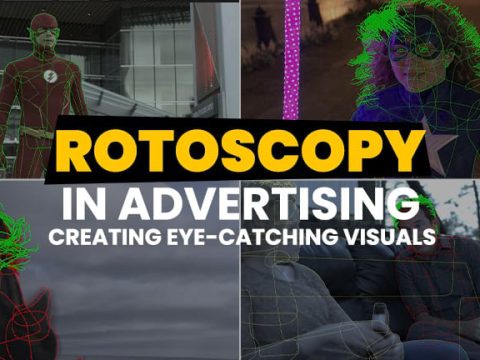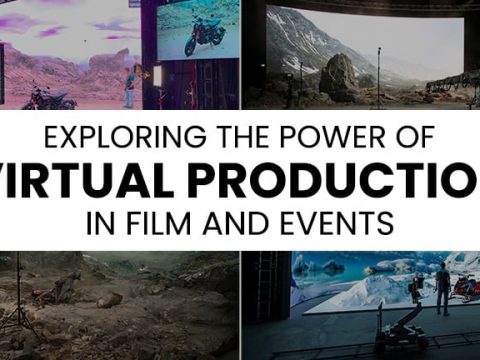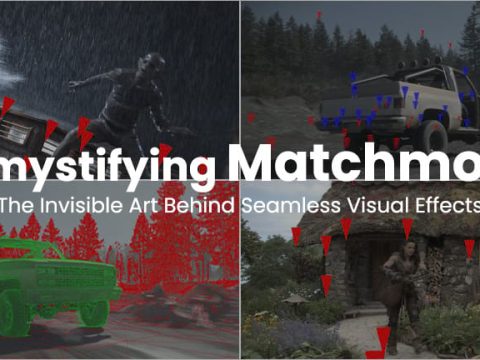VFX Compositing has so many subsets and minor elements that combine to produce awe-inspiring on-screen magic that we sometimes fail to acknowledge these cogs in the wheel. Here’s looking at one such all-important aspect: VFX Compositing.
In simple words, VFX compositing is a process of making visual effects whereby visual elements from separate sources are combined into a single image, creating the illusion that all the different elements are a part of the same scene. Chroma key techniques and green screens are all used to shoot live action shots that are later composited to create a scene for a movie.
How Does Chroma Keying Work?
We’ve all seen pictures or footage of actors working in front of a completely blue or green backdrop and then seen the outcome in a movie with the details filled in. Have you ever wondered why the sets are draped in blue or green instead of any other colour? Blue or green backdrops are used for shooting live-action footage due to being composited as they are the colors believed to be the farthest away from human skin tones, making it easy to fill in the background without blurring the main characters out of the screen.
The blue or green backdrop is entirely replaced by alternate background video or CGI. Naturally, it goes without saying that the characters avoid wearing clothing that matches the backdrop, unless of course, that part of the character is meant to be blurred out or dissolved into the screen. For example, a character playing a floating head may be dressed entirely in blue so that only the head is composited.
Speaking of floating heads, let’s take a journey back in time to when visual effects were still at a nascent stage and explore the history of VFX compositing for films.
Georges Méliès and the Four Heads
Georges Méliès was a French director and illusionist who pioneered many techniques in filmmaking in the early 1900s. As an illusionist, it is no wonder that he was intrigued by what one could do with a camera and wanted to create magic using film as his medium. In 1898, he created a film Un homme de têtes (A man of heads) which featured on of the first known use of multiple exposures of the same object.
In the film, he removes his head and places it on a table next to him where it starts looking around. After doing this a couple of times (so there are three heads on tables next to him and one where it should be) he then plays a banjo with the three heads joining him in chorus. He used a technique known as substitution splicing to achieve this effect where he’d stop the camera every time he “took off” his head, placed a black bag over his real one while holding a dummy head in his hands. He used a black glass screen to create a matte leaving a portion of the film unexposed, which he would then shoot over to get the desired effect.
Pretty cool, we reckon!
Norman Dawn and Matte Painting
Another pioneer of the filmmaking world, Norman O. Dawn, is credited as one of the early cinematographers who refined the matte painting technique. He developed a technique that joined together a photograph and a painting to effectively “create” a location for the scene being shot. He would place his paintings and photographs on a large sheet of glass. Black tape was then placed over the parts of the camera where the painting would go, after which the live action footage was shot.
Frank Williams and Travelling Matte
Glass panes limited scenes as the camera needed to remain in one place. Frank Williams overcame this by developing the travelling matte method in 1918 where he placed actors in front of black backgrounds. The film would then be copied to create high contrast negatives of the actors which would be then superimposed on the required scenes without creating ghostly double-exposures.
The Dunning Process
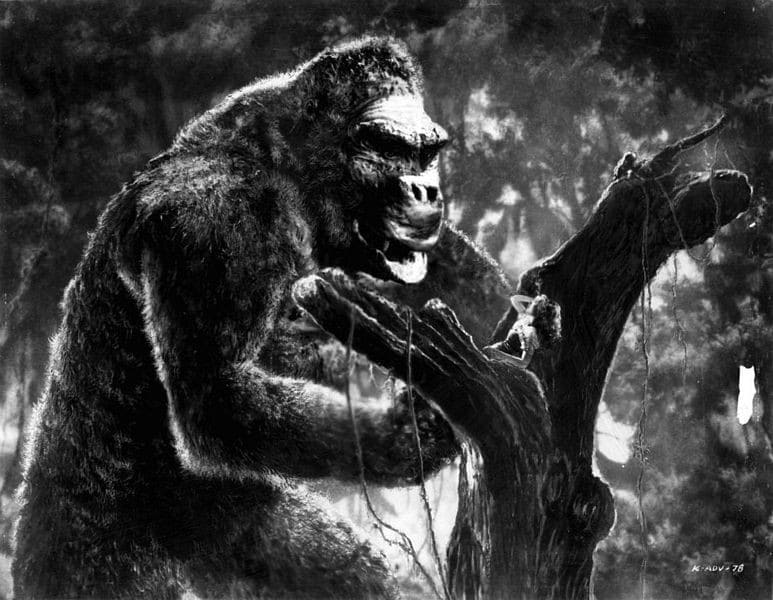
Notably used in King Kong in 1933, the Dunning process was created by Carroll D. Dunning. This process used blue backgrounds while a solid yellow light illuminated the foreground action (or actor). Unfortunately, this process became redundant with the advent of color films.
Sodium-Vapour Lighting or Yellow screen
This method was developed in the 1950s and relied on the narrowband characteristics of LPS lamp. Special black-and-white film can record this light. A special camera was used to record on two spools of film simultaneously. One spool recorded the actors (and other foreground objects) while the other was used as a mask for combination with a different background. Alfred Hitchcock famously used this method in his classic movie The Birds.
CGI and advances in blue and green screen technology made this method impractical, until eventually matte paintings became digital bringing us to today’s spectacular visuals on screen.
Benefits of VFX Compositing in Film
VFX Compositing in film is a powerful technique that involves combining multiple visual elements, such as live-action footage, computer-generated imagery (CGI), and other assets, to create a final cohesive image or sequence. Here are some benefits of compositing in film:
Seamless Integration: VFX compositing allows for the seamless integration of different visual elements into a single shot. It enables filmmakers to combine live-action actors with virtual environments, creatures, or objects, resulting in a believable and immersive final image.
Enhanced Visual Effects: VFX compositing plays a crucial role in enhancing visual effects in film. By combining various elements, compositors can create complex and realistic effects such as explosions, fire, water simulations, and fantastical creatures. It allows for the integration of CG elements with live-action footage, resulting in visually stunning and captivating scenes.
Creative Control: VFX compositing provides filmmakers and visual effects artists with greater creative control over the final image. It allows them to manipulate and adjust various elements independently, including color grading, lighting, and overall composition. This level of control enables the creation of specific moods, atmospheres, or visual styles, enhancing the storytelling and artistic vision of the film.
Time and Cost Efficiency: VFX compositing offers time and cost efficiency in film production. Instead of shooting complex or dangerous scenes on location,filmmakers can create those scenes digitally. This reduces the need for extensive practical sets, elaborate props, or costly location shoots, ultimately saving time and production expenses.
Flexibility and Iteration: VFX compositing provides flexibility and the ability to iterate on visual elements. It allows artists to make adjustments, refine details, or changes individual components without affecting the entire scene or requiring reshoots. This flexibility enables filmmakers to refine the visual effects, ensuring they meet the desired creative vision.
Control over Depth and Dimension: VFX compositing in 3D animation gives artists precise control over depth and dimension in the final image. By integrating various layers and elements, compositors can create a sense of depth, add atmospheric effects, or place objects at different distances from the camera. This control enhances the realism and depth perception of the visual composition.
How’s that for enlightenment?
Got more questions about VFX composting? Ask one of the experts at Toolbox Studio!
At Toolbox Studio, we are armed with the tools and more importantly the people who work day in and day out to deliver high-quality VFX compositing outputs for our clients across the globe. Learn why we are considered masters of VFXcompositing and browse through the services that we provide under this umbrella.



